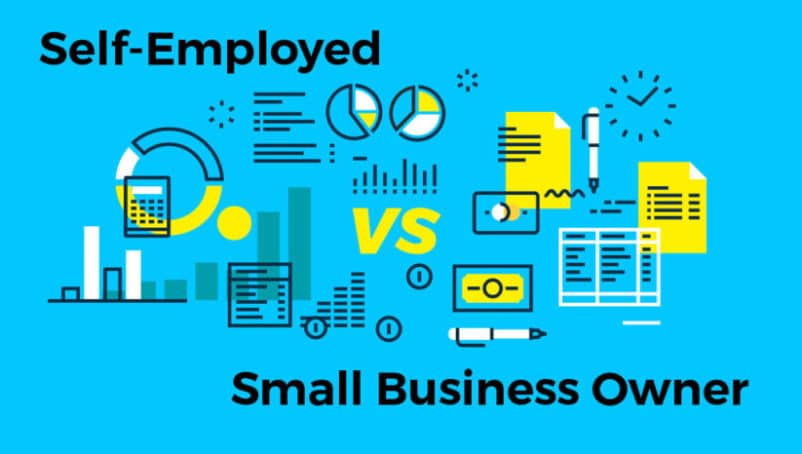Education and training options
An arborist with experience in the field and a degree may be able to get an ISA Certified Arborist credential after passing an exam. ISA Certification requirements aren’t a requirement when starting a tree trimming business, however. You may be able to charge more for your services or offer specialized diagnostic and treatment options if you have an ISA Certified Arborist credential.
Here are the requirements to qualify as a board-certified master arborist:
- Bachelor’s degree in related field plus one year of experience as an arborist
- Associate’s degree in arboriculture and two years of experience as an arborist
- Minimum of three years of full-time experience as an arborist
- Satisfactory performance on the ISA Arborist exam
Many community colleges have arborist programs available designed to teach you how to properly trim and care for trees. These programs typically take between one and two years to complete. The Tree Care Industry Association (TCIA) offers many training opportunities, including Tree Care Academy. You can also get training in tree care safety, aerial rescue, and electrical hazards through TCIA.
The American Society of Consulting Arborists (ASCA) provides credentials for tree trimming experts that include damage assessment, tree preservation, and landscape planning that could help you increase the range of services offered through your tree care business.
Tree trimming license requirements
Your city and state may require special tree trimming licenses before you can legally go into business. Utility companies may have their own set of additional requirements, as well.
Wondering exactly how to get a tree trimming license?
In most cases, you can get a tree trimming license by applying for one in your geographical area. For example, professional tree trimmers in Broward County, Florida must provide the following with their application:
- Proof of experience
- Proof of training
- Character references
- Credit references
- Business organization verification
- Fictitious name
- Certificate of insurance with a minimum of $300,000 of bodily injury and property damage coverage
- Workers’ compensation insurance proof
- Two recent photos of the business owner/applicant
- Copy of one form of picture identification
- $230 non-refundable license fee
In California, you’ll need a C-61 Limited Specialty license if you enter into a contract to work in any area of construction specialty for more than $500. Unless you work exclusively as a sub-contractor under a licensed General Contractor or a company with a C-27 Landscaping License, you must get the C-61 Limited Specialty License before you can perform tree maintenance and removal services in California. Here the requirements for the California C-61 license:
- Must be 18+ years old
- Social Security number or ITIN
- Not on parole or probation
- Minimum of four years journey-level experience
- Qualifying individual signs off on claims of experience
- Proof of experience
- Valid Driver’s License or ID issued in the U.S.
To learn more, contact your local Small Business Administration (SBA) office to find out how to get a tree service license in your area.
Can you work without a license?
Depending on where you live and the location of the tree, you may be able to run your business without a tree trimming license. If you choose to run your business without a legally-required tree contractor license, you may have to pay steep fines. In some areas, your business could be shut down until you comply with local rules.
In Maine, contractors advertising or performing tree trimming services, including taking down trees in developed areas of the state, installing bracing or cabling, leaving the ground to trim trees, or diagnosing the condition of trees is subject to a civil penalty of $500 per day for each day of the violation. Without the proper tree service business license, you could go out of business.
Do I have to get a permit to remove trees for private property owners?
Every city and state has their own rules about permits, including which types of trees can be removed, and where you can plant new trees. So, it’s crucial to become familiar with the rules in the area where your customers live. Permits to remove or trim trees aren’t the same as a tree contractor license.
For example, In Hartford, Connecticut, a homeowner can hire someone to remove a tree from their private property without getting a city permit. In Jackson, Florida, you’ll need a permit to remove a tree taller than four feet from private property. In Des Moines, Iowa, homeowners must care for trees and remove dead limbs that pose a potential hazard to parked cars and pedestrians on sidewalks. The city doesn’t require a permit to do so.
Tree trimming insurance requirements
Caring for trees is a potentially dangerous job that requires business insurance to protect your equipment, workers, and your customer’s property. General liability insurance protects your business from claims due to accidents. You may also need commercial vehicle insurance to meet your city’s guidelines for businesses. Some states mandate minimum amounts of insurance for business vehicles, so be sure to get enough commercial auto insurance to meet those requirements.
Knowing how to get a tree service license is the first step if you want to run a business that’s in compliance with local laws and regulations. While it isn’t necessary to have a tree service business license in many areas of the country, operating without one where it’s required is risky. Talk with other contractors and sub-contractors in your area about what types of insurance they have and whether you may need additional licensing to trim trees.






